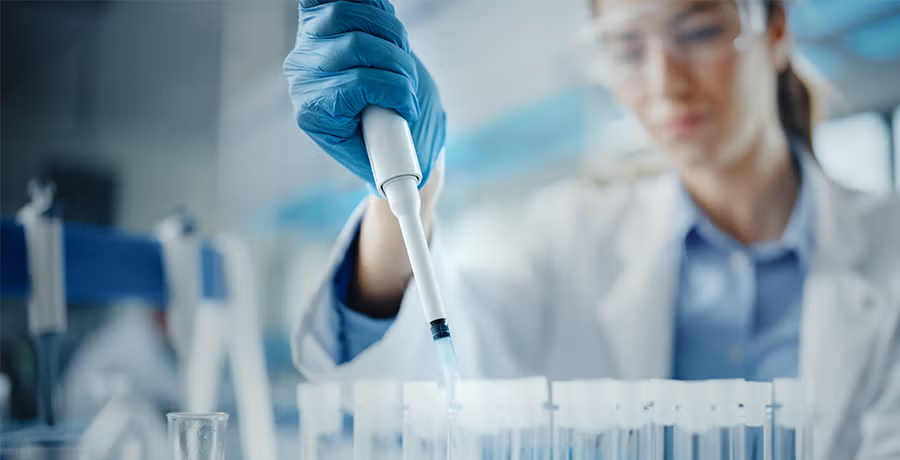Biological monitoring is one of the most accurate approaches for measuring true body burden (actual exposure) from exposure to substances and can be used along with exposure monitoring. Biomonitoring is a scientific technique for assessing human exposures to natural and synthetic chemicals based on sampling and analysis of an individual's tissues and fluids, usually urine and/or blood. It identifies certain substances in the body (Biomarker) at the time of measurement. A biomarker can be the substance itself or a metabolite. In the workplace, information collected from biomonitoring helps occupational health and safety professionals (occupational health physicians, industrial hygienists, epidemiologists, toxicologists, etc.) to determine whether current protective measures are adequate to limit exposures.
A biomarker should be specific – preferably measuring only the substance in question. The chemical reactivity of diisocyanates precludes measurement of free diisocyanates in humans. The current occupational biomonitoring method used for diisocyanates involves hydrolysis of urine and measurement of the diisocyanate hydrolysis product (amine). However, this method is not very specific and cannot distinguish hydrolysis of the diisocyanate from concurrent exposure to the amine.
A biomonitoring method should be sensitive and have sufficient ability to identify positive results, therefore to measure low levels that may be relevant to workplace exposures at or below current occupational exposure limits. The method should also be standardized to allow for comparability across laboratories. In addition, the method should show a relationship between measured results and possible exposure concentrations to determine if an occupational exposure limit has been exceeded.
Various research projects are currently being undertaken to identify a ‘Biomarker’ that is specific to the diisocyanates and displays relevant sensitivity. See the Additional Resources to obtain some references on current research.
When considering results from any biomonitoring analysis, it is important to recognize that the detection of a substance in the body indicates only that an exposure has taken place; it does not indicate an adverse health effect. This point is underscored by the U.S. Centers for Disease Control and Prevention (CDC): “Just because people have an environmental chemical in their blood or urine does not mean that the chemical causes disease1.”
